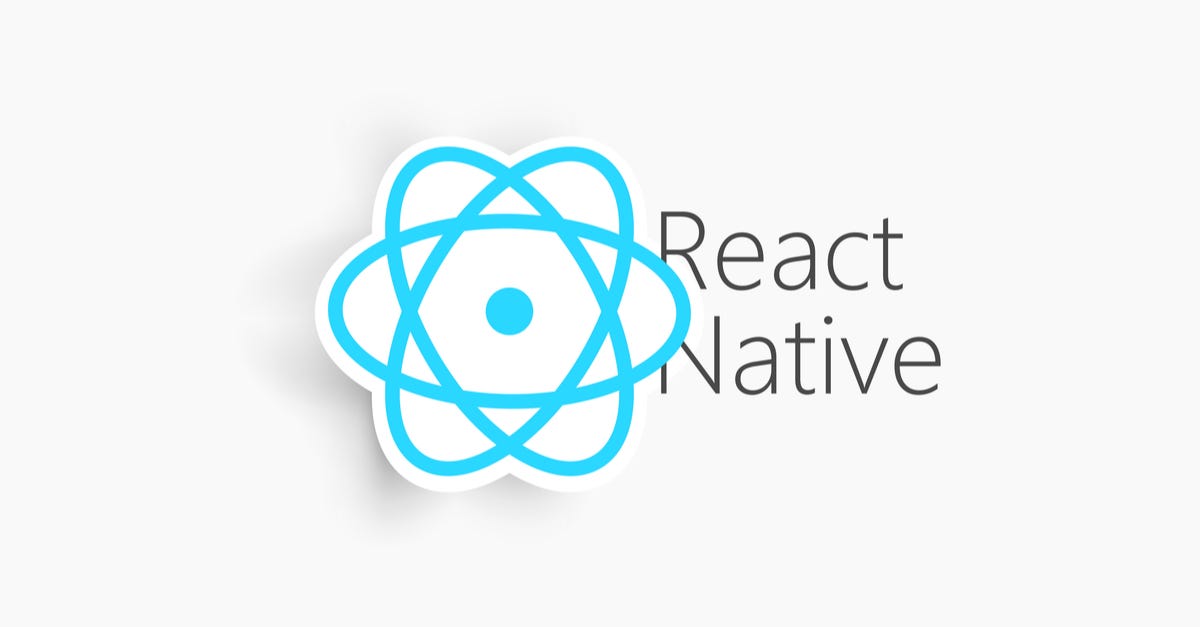
In the dynamic and competitive startup ecosystem of India, choosing the right technology stack is pivotal for success. Among the myriad of options available for mobile app development, React Native emerges as a preferred choice for many startups. This JavaScript framework, developed by Facebook, enables the development of natively rendering mobile apps for iOS and Android with a single codebase. This in-depth analysis explores why React Native stands out as the go-to choice for startups in India, highlighting its advantages in terms of cost-efficiency, development speed, and ecosystem support.
Cost Efficiency
For startups, especially in a market as price-sensitive as India, budget constraints are a common challenge. React Native addresses this concern directly by significantly reducing the cost of mobile app development. Traditional native app development requires separate teams for iOS and Android, doubling the resource requirement. React Native, conversely, allows startups to leverage a single codebase for both platforms, reducing the need for platform-specific developers. This consolidation not only slashes hiring costs but also streamlines the development process, making it a financially sound choice for startups looking to maximize their investment.
Rapid Development and Time to Market
Speed is of the essence in the startup world, where entering the market swiftly can be the difference between success and obscurity. React Native accelerates the development process through reusable components, hot reloading, and a vast library of pre-built elements that can be integrated seamlessly. This expedited development cycle enables startups to launch their products faster, providing a significant competitive advantage. The ability to iterate quickly based on user feedback and market demands means startups can adapt and evolve their apps without undergoing extensive redevelopment, keeping them agile and responsive to user needs.
Seamless User Experience Across Platforms
One of the critical factors in an app’s success is its user experience (UX) and performance, which traditionally favored native development. However, React Native bridges this gap by enabling near-native performance and a cohesive UX across both iOS and Android platforms. The framework’s component-based structure allows for the creation of rich and interactive UIs that are indistinguishable from their native counterparts. For startups, this means being able to offer their users a premium experience without the resource intensity of developing separately for each platform.
Vibrant Ecosystem and Community Support
The robust ecosystem surrounding React Native is a testament to its popularity and effectiveness. A plethora of libraries, tools, and extensions are available to developers, enhancing the framework’s capabilities and reducing the need to build complex functionalities from scratch. Moreover, React Native benefits from a large and active community of developers worldwide, including a significant presence in India. This community offers an invaluable resource for troubleshooting, sharing best practices, and staying abreast of the latest developments and trends in mobile app development. For startups, access to such a wealth of knowledge and resources can be a game-changer, enabling them to solve complex problems more efficiently and innovate within their apps.
Scalability and Flexibility
As startups grow, their apps must be able to scale accordingly. React Native’s architecture is designed for scalability, allowing for the addition of new features and integrations without compromising performance. Its compatibility with third-party plugins and its modular nature make it easy to update and enhance apps as a startup evolves. This scalability ensures that startups can continue to use React Native as their user base expands and their market demands become more complex, avoiding the need for costly platform changes or complete rebuilds.
Success Stories in the Indian Market
The Indian startup ecosystem is ripe with success stories of apps built with React Native. Companies have leveraged the framework to create innovative solutions across various sectors, from e-commerce and fintech to social networking and education. These successes underscore the framework’s versatility and effectiveness in addressing the unique challenges and opportunities within the Indian market. By examining these case studies, startups can gain insights into best practices and strategies for leveraging React Native to its full potential.
Challenges and Considerations
While React Native app development company offers numerous advantages, startups should also be aware of its limitations and challenges. Performance-intensive apps or those requiring advanced animations may still benefit from native development. Additionally, startups must invest in skilled developers who understand both the framework and the nuances of native platform behaviors to fully exploit React Native’s capabilities.
Conclusion
React Native stands out as an optimal choice for startups in India, offering a blend of cost efficiency, speed, and quality that aligns with the needs of a fast-paced, budget-conscious startup environment. Its ability to deliver a native-like user experience, combined with the support of a vast community, makes it a compelling option for startups aiming to make a mark in the mobile app space. As the digital landscape continues to evolve, React Native’s flexibility and scalability mean it is well-positioned to meet the future demands of startups in India and beyond. With careful consideration and strategic implementation, React Native can be a powerful tool in a startup’s arsenal, helping to turn innovative ideas into successful mobile applications.



















